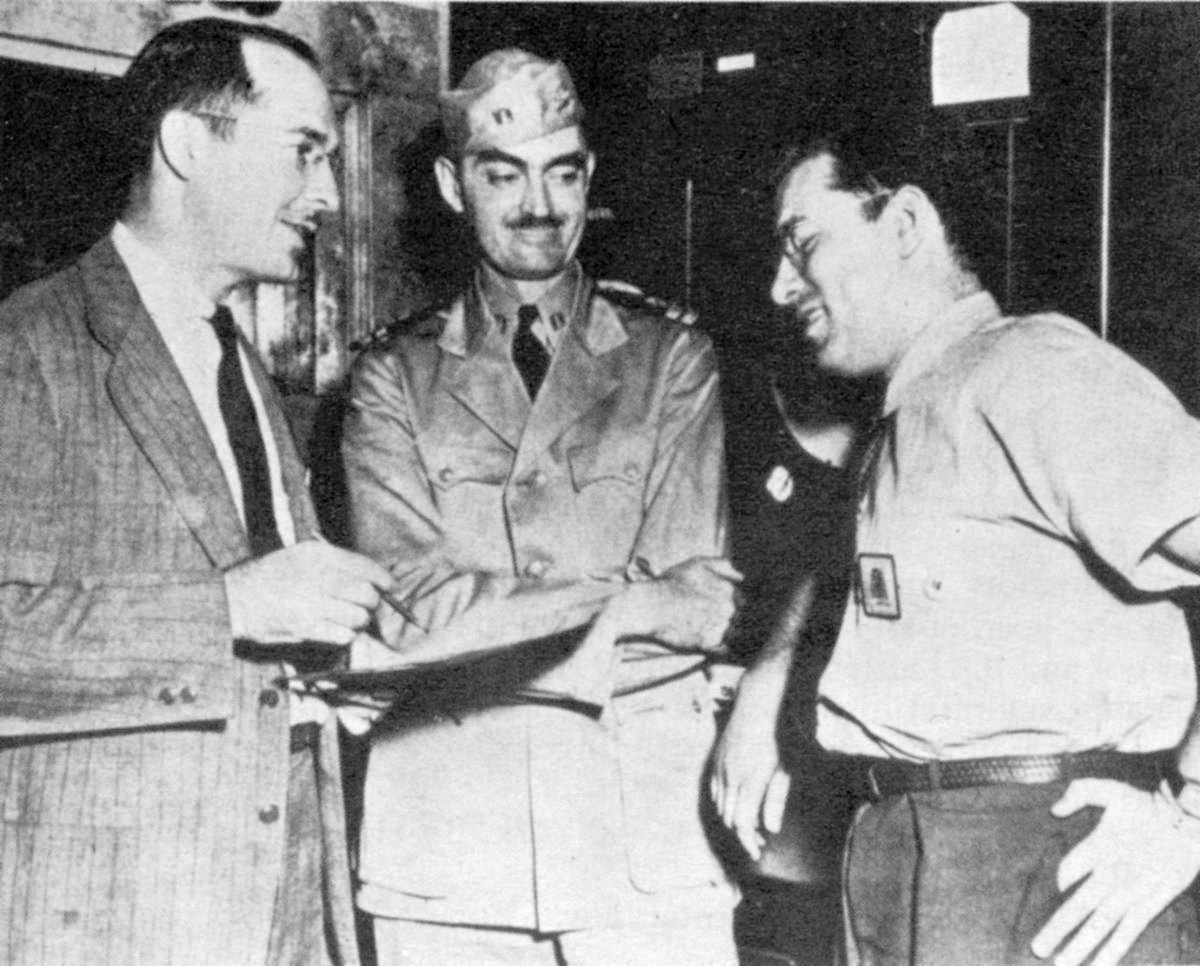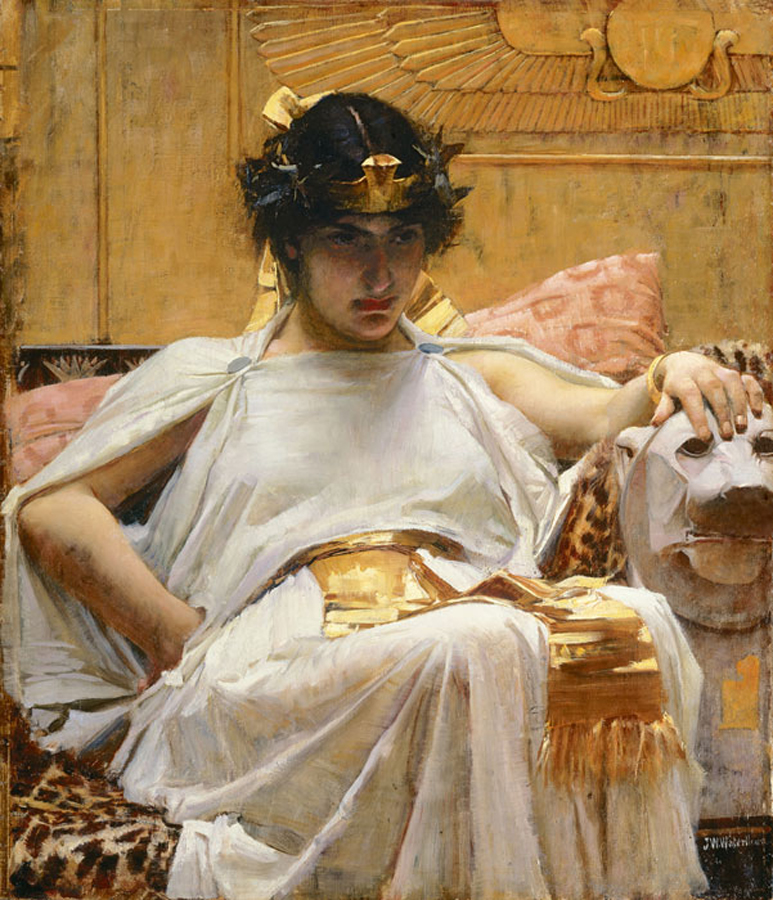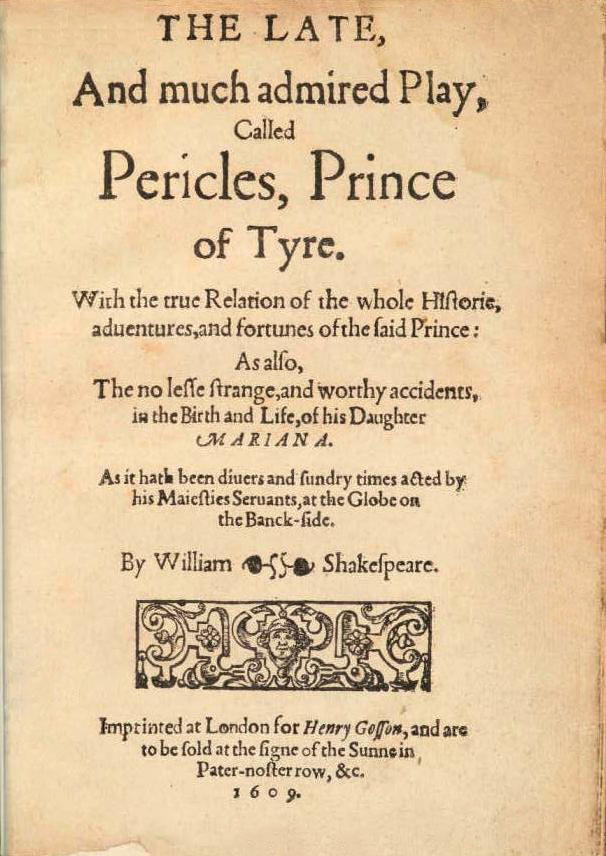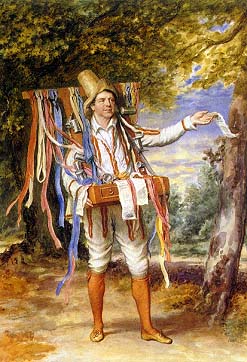|
Asimov's Guide To Shakespeare
''Asimov's Guide to Shakespeare'' (1970) by Isaac Asimov is a two-volume guide to the works of the celebrated English writer William Shakespeare. The numerous maps were drafted by the artist Rafael Palacios. Structure The work gives a short guide to every Shakespeare play, as well as two epic poems. Asimov organizes the plays not in the usual way – as tragedies, comedies, and histories – but regionally, as follows: * Greek * Roman * Italian * English The last two categories are treated broadly; "Italian" applies to neighbouring countries, and both ''Hamlet'' and ''Macbeth'' are listed with "The English Plays". Asimov gives a detailed justification for doing this. Within each category, the plays are arranged according to internal (historical) chronology, making allowance for the several not based on actual events. Asimov notes how much is real history, and describes who the historical people were, where applicable. He traces those characters who appear in more than one play, ... [...More Info...] [...Related Items...] OR: [Wikipedia] [Google] [Baidu] |
Isaac Asimov
Isaac Asimov ( ; – April 6, 1992) was an Russian-born American writer and professor of biochemistry at Boston University. During his lifetime, Asimov was considered one of the "Big Three" science fiction writers, along with Robert A. Heinlein and Arthur C. Clarke. A prolific writer, he wrote or edited more than 500 books. He also wrote an estimated 90,000 letters and postcards. Best known for his hard science fiction, Asimov also wrote mystery fiction, mysteries and fantasy, as well as popular science and other non-fiction. Asimov's most famous work is the ''Foundation (book series), Foundation'' series, the first three books of which won the one-time Hugo Award for "Best All-Time Series" in 1966. His other major series are the ''Galactic Empire series, Galactic Empire'' series and the ''Robot series, Robot'' series. The ''Galactic Empire'' novels are set in the much earlier history of the same fictional universe as the ''Foundation'' series. Later, with ''Foundation an ... [...More Info...] [...Related Items...] OR: [Wikipedia] [Google] [Baidu] |
The Two Noble Kinsmen
''The Two Noble Kinsmen'' is a Jacobean tragicomedy, first published in 1634 and attributed jointly to John Fletcher and William Shakespeare. Its plot derives from "The Knight's Tale" in Geoffrey Chaucer's ''The Canterbury Tales'' (1387–1400), which had already been dramatised at least twice before, and itself was a shortened version of Boccaccio's epic poem '' Teseida''. This play is believed to have been originally performed in 1613–1614, making it William Shakespeare's final play before he retired to Stratford-upon-Avon, where he died in 1616. Formerly a point of controversy, the dual attribution is now generally accepted by scholarly consensus. Characters * Theseus, Duke of Athens * Palamon, nephew of the King of Thebes * Arcite, nephew of the King of Thebes * Pirithous, an Athenian general * Artesius, an Athenian captain * Valerius, a noble of Thebes * Six Knights * A Herald * A Jailer * Wooer of the jailer's daughter * A Doctor * Brother of the jailer * Friends o ... [...More Info...] [...Related Items...] OR: [Wikipedia] [Google] [Baidu] |
Alexandria
Alexandria ( ; ) is the List of cities and towns in Egypt#Largest cities, second largest city in Egypt and the List of coastal settlements of the Mediterranean Sea, largest city on the Mediterranean coast. It lies at the western edge of the Nile Delta, Nile River delta. Founded in 331 BC by Alexander the Great, Alexandria grew rapidly and became a major centre of Hellenic civilisation, eventually replacing Memphis, Egypt, Memphis, in present-day Greater Cairo, as Egypt's capital. Called the "Bride of the Mediterranean" and "Pearl of the Mediterranean Coast" internationally, Alexandria is a popular tourist destination and an important industrial centre due to its natural gas and petroleum, oil pipeline transport, pipelines from Suez. The city extends about along the northern coast of Egypt and is the largest city on the Mediterranean, the List of cities and towns in Egypt#Largest cities, second-largest in Egypt (after Cairo), the List of largest cities in the Arab world, fourth- ... [...More Info...] [...Related Items...] OR: [Wikipedia] [Google] [Baidu] |
Antony And Cleopatra
''Antony and Cleopatra'' is a tragedy by William Shakespeare. The play was first performed around 1607, by the King's Men at either the Blackfriars Theatre or the Globe Theatre. Its first appearance in print was in the First Folio published in 1623, under the title ''The Tragedie of Anthonie, and Cleopatra''. The plot is based on Thomas North's 1579 English translation of Plutarch's '' Lives'' (in Ancient Greek) and follows the relationship between Cleopatra and Mark Antony from the time of the Sicilian revolt to Cleopatra's suicide during the War of Actium. The main antagonist is Octavius Caesar, one of Antony's fellow triumvirs of the Second Triumvirate and the first emperor of the Roman Empire. The tragedy is mainly set in the Roman Republic and Ptolemaic Egypt and is characterized by swift shifts in geographical location and linguistic register as it alternates between sensual, imaginative Alexandria and a more pragmatic, austere Rome. Many consider Shakespeare's ... [...More Info...] [...Related Items...] OR: [Wikipedia] [Google] [Baidu] |
Julius Caesar (play)
''The Tragedy of Julius Caesar ''(First Folio title: ''The Tragedie of Ivlivs Cæsar''), often shortened to ''Julius Caesar'', is a history play and Shakespearean tragedy, tragedy by William Shakespeare first performed in 1599. In the play, Brutus the Younger, Brutus joins a conspiracy led by Gaius Cassius Longinus, Cassius to assassinate Julius Caesar, to prevent him from becoming a tyrant. Caesar's right-hand man Mark Antony, Antony stirs up hostility against the conspirators and Roman Empire, Rome becomes embroiled in a dramatic civil war. Synopsis The play opens with two tribunes Flavius and Gaius Epidius Marullus, Marullus (appointed leaders/officials of Rome) discovering the plebeians, commoners of Rome celebrating Julius Caesar's Roman triumph, triumphant return from Battle of Munda, defeating the sons of his military rival, Pompey. The tribunes, insulting the crowd for their change in loyalty from Pompey to Caesar, attempt to end the festivities and break up the commone ... [...More Info...] [...Related Items...] OR: [Wikipedia] [Google] [Baidu] |
Coriolanus
''Coriolanus'' ( or ) is a tragedy by William Shakespeare, believed to have been written between 1605 and 1608. The play is based on the life of the legendary Roman leader Gnaeus Marcius Coriolanus. Shakespeare worked on it during the same years he wrote ''Antony and Cleopatra'', making them his last two tragedies. Coriolanus is the name given to a Roman general after his military feats against the Volscians at Corioli. Following his success, others encourage Coriolanus to pursue the consulship, but his disdain for the plebeians and mutual hostility with the tribunes lead to his banishment from Rome. In exile, he presents himself to the Volscians, then leads them against Rome. After he relents and agrees to a peace with Rome, he is killed by his previous Volscian allies. Synopsis The play opens in Rome shortly after the expulsion of the Tarquin kings. There are riots in progress after stores of grain have been withheld from ordinary citizens. The rioters are particular ... [...More Info...] [...Related Items...] OR: [Wikipedia] [Google] [Baidu] |
The Rape Of Lucrece
''The Rape of Lucrece'' (1594) is a narrative poem by William Shakespeare about the legendary Roman noblewoman Lucretia. In his previous narrative poem, ''Venus and Adonis (Shakespeare poem), Venus and Adonis'' (1593), Shakespeare had included a dedicatory letter to his patron, the Henry Wriothesley, 3rd Earl of Southampton, Earl of Southampton, in which he promised to compose a "graver labour". Accordingly, ''The Rape of Lucrece'' has a serious tone throughout. The poem begins with a prose dedication addressed directly to the Earl of Southampton, which begins, "The love I dedicate to your Lordship is without end." It refers to the poem as a pamphlet, which describes the form of its original publication of 1594. The dedication is followed by "The Argument", a prose paragraph that summarizes the historical context of the poem, which begins ''in medias res''. The poem contains 1,855 lines, divided into 265 stanzas of seven lines each. The meter of each line is iambic pentamete ... [...More Info...] [...Related Items...] OR: [Wikipedia] [Google] [Baidu] |
Tyre, Lebanon
Tyre (; ; ; ; ) is a city in Lebanon, and one of the List of oldest continuously inhabited cities, oldest continuously inhabited cities in the world. It was one of the earliest Phoenician metropolises and the legendary birthplace of Europa (consort of Zeus), Europa, her brothers Cadmus and Phoenix (son of Agenor), Phoenix, and Carthage's founder Dido (Elissa). The city has many ancient sites, including the Tyre Hippodrome, and was added as a whole to the list of UNESCO World Heritage Sites in 1984. The historian Ernest Renan noted that "One can call Tyre a city of ruins, built out of ruins". Tyre is the fifth-largest city in Lebanon after Beirut, Tripoli, Lebanon, Tripoli, Sidon, and Baalbek. It is the capital of the Tyre District in the South Governorate. There were approximately 200,000 inhabitants in the Tyre urban area in 2016, including many refugees, as the city hosts three of the twelve Palestinian refugee camps in Lebanon: Burj el-Shamali, Burj El Shimali, El-Buss refugee ... [...More Info...] [...Related Items...] OR: [Wikipedia] [Google] [Baidu] |
Pericles, Prince Of Tyre
''Pericles, Prince of Tyre'' is a Jacobean play written at least in part by William Shakespeare and included in modern editions of his collected works despite questions over its authorship, as it was not included in the First Folio. It was published in 1609 as a quarto, was not included in Shakespeare's collections of works until the third folio, and the main inspiration for the play was Gower's '' Confessio Amantis''. Various arguments support the theory that Shakespeare was the sole author of the play, notably in DelVecchio and Hammond's Cambridge edition of the play, but modern editors generally agree that Shakespeare was responsible for almost exactly half the play — 827 lines — the main portion after scene 9 that follows the story of Pericles and Marina. Modern textual studies suggest that the first two acts, 835 lines detailing the many voyages of Pericles, were written by a collaborator, who may well have been the victualler, panderer, dramatist and pamphleteer ... [...More Info...] [...Related Items...] OR: [Wikipedia] [Google] [Baidu] |
Ephesus
Ephesus (; ; ; may ultimately derive from ) was an Ancient Greece, ancient Greek city on the coast of Ionia, in present-day Selçuk in İzmir Province, Turkey. It was built in the 10th century BC on the site of Apasa, the former Arzawan capital, by Attica, Attic and Ionians, Ionian Greek colonists. During the Classical Greece, Classical Greek era, it was one of twelve cities that were members of the Ionian League. The city came under the control of the Roman Republic in 129 BC. The city was famous in its day for the nearby Temple of Artemis (completed around 550 BC), which has been designated one of the Seven Wonders of the Ancient World. Its many monumental buildings included the Library of Celsus and a theatre capable of holding 24,000 spectators. Ephesus was a recipient city of one of the Pauline epistles and one of the seven churches of Asia addressed in the Book of Revelation. The Gospel of John may have been written there,Stephen L Harris, Harris, Stephen L., ''Under ... [...More Info...] [...Related Items...] OR: [Wikipedia] [Google] [Baidu] |
The Comedy Of Errors
''The Comedy of Errors'' is one of William Shakespeare's early plays. It is his shortest and one of his most farcical comedies, with a major part of the humour coming from slapstick and mistaken identity, in addition to puns and word play. It has been adapted for opera, stage, screen and musical theatre numerous times worldwide. In the centuries following its premiere, the play's title has entered the popular English lexicon as an idiom for "an event or series of events made ridiculous by the number of errors that were made throughout". Set in the Greek city of Ephesus, ''The Comedy of Errors'' tells the story of two sets of identical twins who were accidentally separated at birth. Antipholus of Syracuse and his servant, Dromio of Syracuse, arrive in Ephesus, which turns out to be the home of their twin brothers, Antipholus of Ephesus and his servant, Dromio of Ephesus. When the Syracusans encounter the friends and families of their twins, a series of wild mishaps based ... [...More Info...] [...Related Items...] OR: [Wikipedia] [Google] [Baidu] |
The Winter's Tale
''The Winter's Tale'' is a play by William Shakespeare originally published in the First Folio of 1623. Although it was grouped among the comedies, many modern editors have relabelled the play as one of Shakespeare's late romances. Some critics consider it to be one of Shakespeare's "Shakespearean problem play, problem plays" because the first three acts are filled with intense psychological drama, while the last two acts are comic and supply a happy ending. The play has been intermittently popular, having been revived in productions and adaptations by some of the leading theatre practitioners in Shakespeare's plays#Performance history, Shakespearean performance history. In the mid-18th century, after a long interval without major performances, David Garrick premiered his adaptation ''Florizel and Perdita'' (first performed in 1753 and published in 1756). ''The Winter's Tale'' was revived again in the 19th century, when the fourth "pastoral" act was widely popular. In the seco ... [...More Info...] [...Related Items...] OR: [Wikipedia] [Google] [Baidu] |










